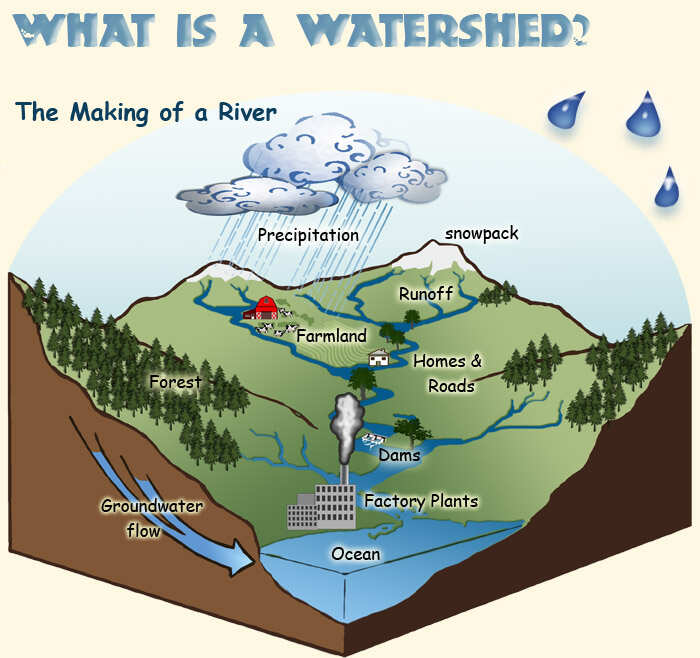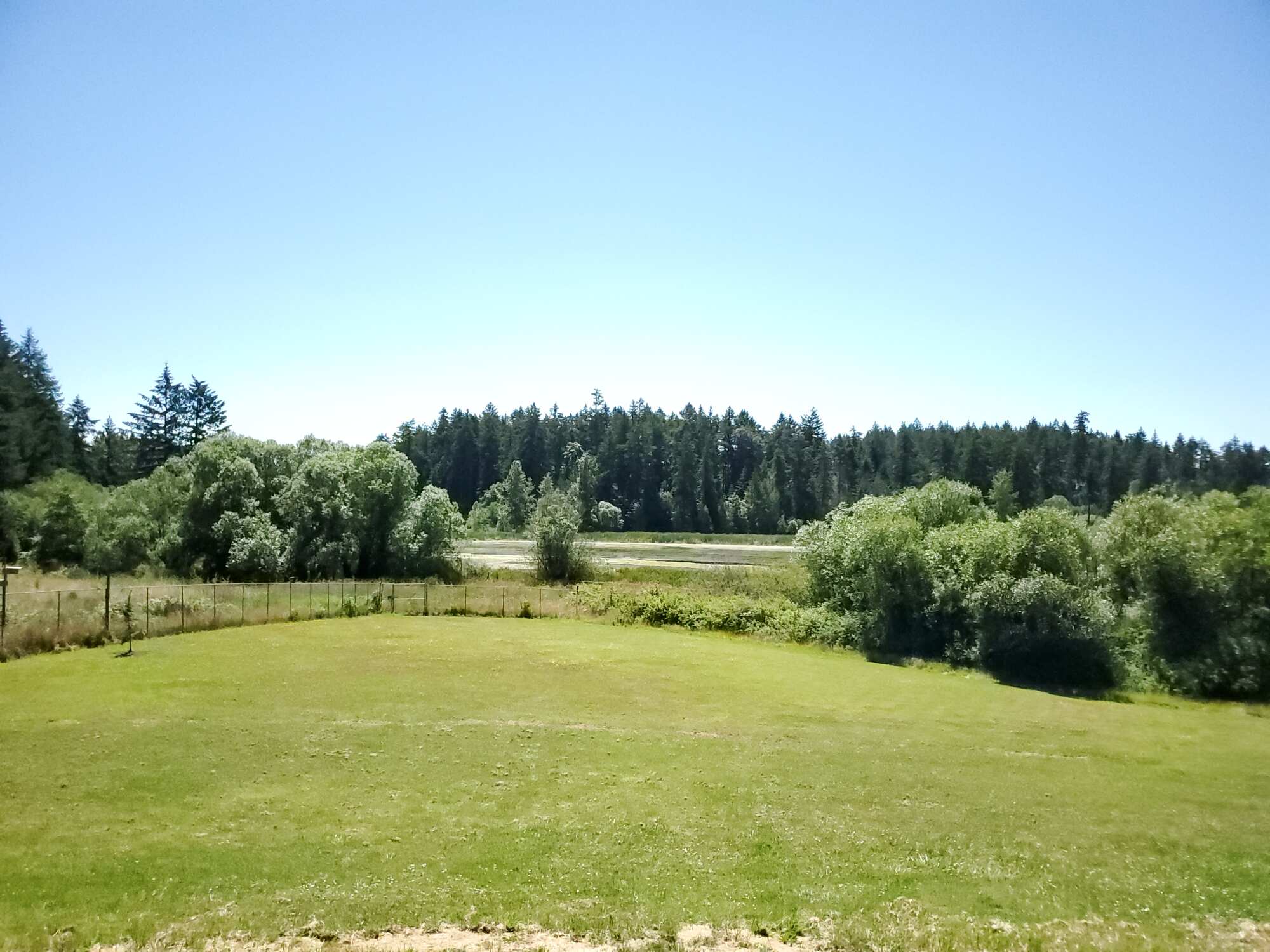Special Topics in Horticulture: Water Stewardship
Water Stewardship
Student Blog Post by David Ryves and Alexandra Van Draanen
Water, where to start and what to consider?
As landscape horticulturists the work we do directly impacts plants, animals and even the water. Unsafe and careless work practices can cause negative downstream effects to our ecosystems and watersheds. Sara Stallard shared with our class some of the important ways we can do our part in protecting our watersheds. A watershed is a geographical term for an area that drains into a single outlet. There are varying sizes of watersheds such as continental, regional, and smaller in your local area as well as laws and regulations set to help keep our waterways safe. A few examples of these laws and regulations are: The Species at Risk Act, Riparian Areas Protection Act, Fisheries Act, and Water Sustainability Act. Contact your local municipality to learn about which watershed your residence falls under and what laws and regulations to abide by.
Pollution to our watersheds can occur in a variety of different ways. Excess silt accumulation is one of the worst forms of pollution for aquatic habitats. Silt on the gills of fish creates irritation and build up of mucus causing the fish to suffocate and die. Construction jobsites pose a large risk to polluting our waterways as well. Spills like oil or grease, concrete wash water, and runoff from large construction trucks can all have adverse effects. Certain species of invasive plants can also be considered a pollutant as they can negatively change the structure of aquatic habitat. Preventing pollution to watersheds is one of the ways horticulturists can do their part in taking care of the environment.
Now that we know some sources of pollution to our water, here are some solutions to incorporate in your garden to help preserve and promote a healthy ecosystem. First thing to consider is the use of fertilizer. If you are planning on fertilizing your garden, the best way is to apply organic amendments as they have less negative impact on the soil and water as well as provide an adequate source of nutrients for plants. If using synthetic fertilizer, it is important to be precise in quantities applied as we want to avoid excess fertilizer to leach off the soil and contaminate water. A slow release fertilizer is a bit more appropriate as it prevents leaching and helps the plant to have nutrients available for a longer period of time. And then there is the use of pesticides. Pesticides are highly toxic to any living things and as a result it should be handled with caution and only used as targeted application. Broad spectrum applications should always be avoided as some excess pesticide could enter and contaminate the ecosystem. On another point of view, pest control should always be done mechanically or with biological control to avoid negative impact and only be using pesticide as a very last resort. If problems persist, it would be worth considering to take the plant out of where it is and choose a more pest and disease resistant plant such as all of our native plants. All of them are super hardy and most are pest and disease free!
Moreover, Sara gave us a lot of ideas to integrate in landscaping to promote water infiltration, water conservation and water preservation. For example, integrating rain barrels, irrigation trenches or any kind of water harvesting system helps. Building some bioswales, greenroof, stormwater ponds, rain gardens, having a smart irrigation system installed, Xeriscaping, having permeable surface (non-paved and avoiding compaction) are all good solutions to consider when wanting to encourage preservation of water, its infiltration and conservation. Also, things like preserving the tree canopy helps the rate of water infiltration especially during storms- it prevents flooding and erosion along with improving the water quality. So keep your trees!! And finally, little things like mulching, having ground cover, amending the soil and avoiding compacted soils are all things to consider implementing to improve water retention and infiltration. Your garden will be looking healthy and the plants and ecosystem will be happy!
In conclusion, Sara brought a lot of spotlight on the importance of water in landscaping- something we tend to forget at times when it's not directly in our sight. Overall, she provided a great amount of knowledge on safe and important practices to apply in the everyday upkeep of a garden to preserve the ecosystem surrounding it.
Image Source: https://www.fs.fed.us/rm/boise/research/techtrans/projects/scienceforkids/watersheds.shtml



